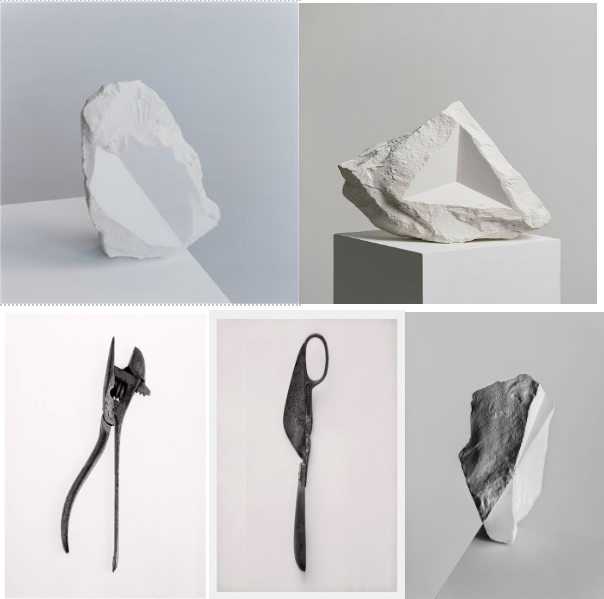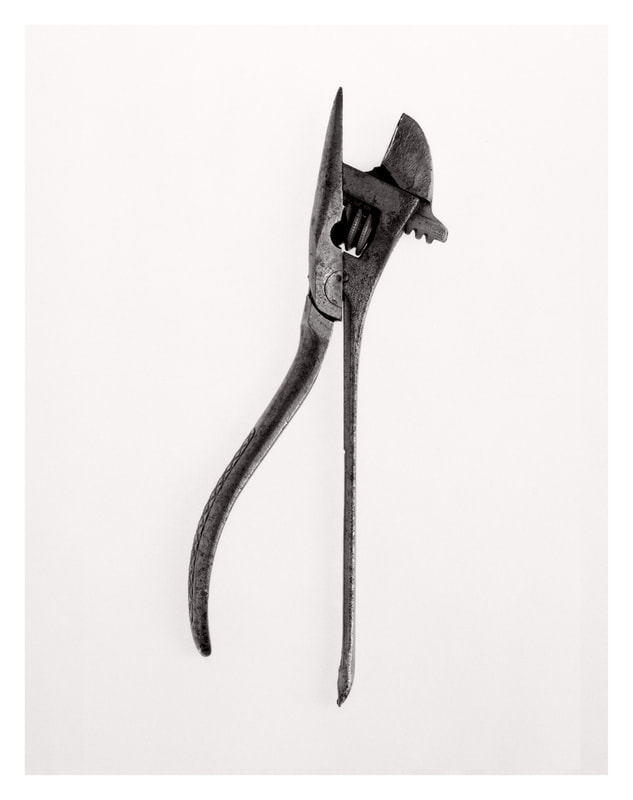Who is Walker Evans?
Walker Evans was a talented and inspiring photographer in the late 1920s. He started his career by making snapshots during a European trip, however he only published his first images in the 1930s when he returned to New York.
In his ‘beauties of common tools’ shoot, he shows the eyeful side of common tools. Although cameras with colour became a thing in the 1950s which was the around the time he took photos of his so called project, ‘beauties of common tools’, his images are not in colour because black and white was still the norm even though cameras already had colour. He stuck to the norm.
Most of Evans work was inspired by the effects of the depression and telling the story of the American working class. Evans project ‘beauties of common tools’ illustrates the simplicity of common tools. I think that in some way he compared working class to common tools. I strongly believe that he saw that common tools were just as hard working as working class.

Who is Darren Harvey-Regan?
Darren Harvey-Regan was a photographer interested in the concept that photographs do not exist just to show things, but are physical things that become objects themselves.
After Evans portfolio called ‘beauties of a common tool’ Harvey-Regan constructed a montage of Evans’s images to make new forms. Becoming inspired by the images, Harvey-Regan found matching tools, cut them in half and stuck them various halves together, then photographed his interesting work.
His idea to create such beautiful but bizarre objects was all because of Evans.

Comparing and contrasting the work of the two artists.
When it comes to Evans work, his work is quite cold. The photos have an eerie feel to it. The photos have this sense of strangeness to it and because of this, it creates this uniqueness and curiosity atmosphere that makes us question what Evans saw in those tools.
Darren’s work in the other hand is very neutral. They don’t have this strangeness to it and although Darren was inspired by Evans work, Darren’s work isn’t quit the same. His lighting is a lot harsher than Evans. However, Darren’s photoshoot inspired by Evans has a bizarreness and uniqueness to it. The fact that he combined two completely different tools together, suggests a very odd feeling to the photos. His photos are quiet simple, they don’t have much depth to them unlike Evans.
Now lets compare these two pictures


Evans picture, which is in the right has a very antique undertone. You can see that it was taken from a much older camera that didn’t have as much quality as Darren’s camera which has a clearer quality.
In Evans picture, the photo is in black and white even though there was colour in the period that Evans took this picture but it just wasn’t as common to use colour, because of this, Evans picture doesn’t have as much detail as Darren’s however when it comes to showing lighting, Evans shows it perfectly in his picture.
On Evans picture, at the top of the tool it is much lighter and in fact seems like its glowing. I think this is to show that the tool is used constantly because the parts where the tool is darker is where its not really being used. Evans is showing the importance of common tools and how hardworking they are. In the other hand, Darren’s picture of the tools is much darker. This implies that the tools are really old, maybe the tools weren’t as used now as they were used in the 1900s hence why the tools looks rusty.
A big difference between Evans and Darren’s work is that Darren combined two tools together and Evans never did that, Evans showed the ‘true’ form of the tools. However a similarity is that they both photograph common tools and they both wanted to show the beauty of the tools.

Great start…keep up the good work!
Aim to add descriptive explanations within each blog post, so it clear what you are presenting, how and WHY.